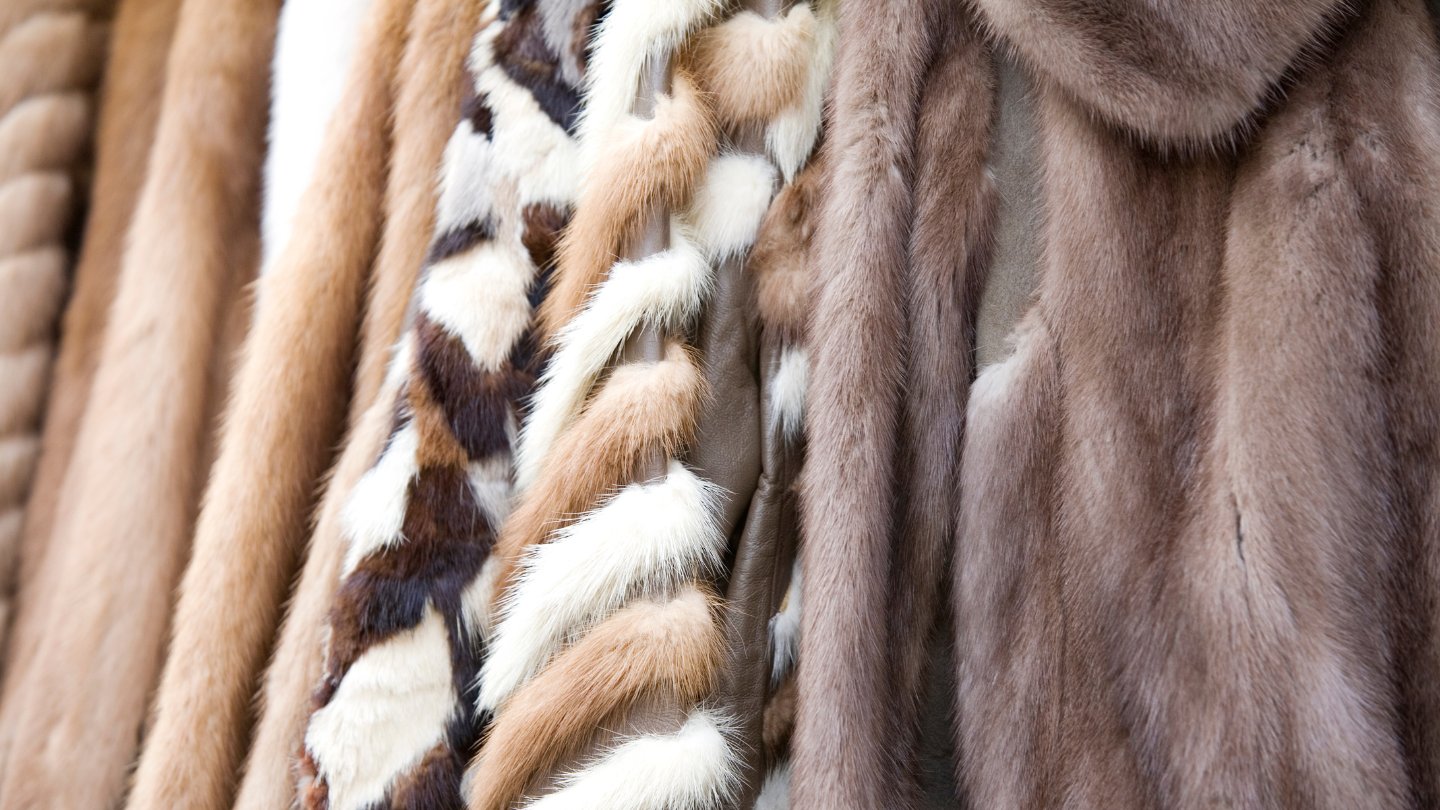

Articles
How To Store Furs At Home
Modified: January 18, 2024
Learn the proper way to store fur articles at home to keep them in pristine condition and protect them from damage. Follow these expert tips and techniques for storing furs.
(Many of the links in this article redirect to a specific reviewed product. Your purchase of these products through affiliate links helps to generate commission for Storables.com, at no extra cost. Learn more)
Introduction
Welcome to the world of furs! Whether you are an avid fur enthusiast or a proud owner of a luxurious fur coat, it’s important to know how to properly store your furs at home. Furs are delicate and require special care and attention to maintain their beauty and longevity.
In this article, we will guide you through the process of storing your furs at home. We will cover everything from choosing the right storage method to protecting your furs from moths and pests. By following these steps, you can ensure that your furs remain in pristine condition and ready to be enjoyed for years to come.
So, let’s dive in and explore the world of fur storage!
Key Takeaways:
- Proper fur storage involves choosing the right method, preparing, cleaning, and conditioning the furs, and storing them in a temperature-controlled environment to maintain their beauty and longevity.
- Regularly checking on stored furs is essential to assess their condition, prevent pest infestations, monitor the storage environment, and address any potential issues promptly.
Read more: How To Store A Fur Coat
Choosing the Right Storage Method
When it comes to storing your furs at home, the first step is to choose the right storage method. There are a few options to consider, each with their own pros and cons. Let’s take a look at the most commonly used storage methods for furs:
- Cold Storage: Cold storage is the preferred method for storing furs. It involves storing your furs in a temperature-controlled environment, typically in a furrier’s vault or a specialized cold storage facility. This method helps to preserve the natural oils in the fur and prevent it from drying out. However, cold storage can be expensive and may not be feasible for everyone.
- Fur Storage Bags: Fur storage bags are a popular choice for home storage. These bags are designed specifically for furs, with proper ventilation and space to hang your garments. They protect your furs from dust, sunlight, and moisture, while allowing them to breathe. Look for bags made of breathable materials such as cotton or canvas.
- Closet or Wardrobe: If you don’t have access to cold storage or fur storage bags, you can store your furs in a closet or wardrobe at home. Make sure the space is cool, dark, and well-ventilated. Avoid storing your furs in plastic bags or airtight containers, as this can lead to moisture buildup and damage the fur.
When deciding on the storage method, consider factors such as your budget, available space, and the value of your furs. If you have valuable or heirloom furs, it’s best to invest in proper cold storage or fur storage bags to ensure their protection. However, if your furs are more casual or you are on a limited budget, a closet or wardrobe storage solution can still work effectively.
Now that we have covered the different storage methods, let’s move on to the next step: preparing your furs for storage.
Preparing Your Furs for Storage
Before you store your furs, it’s important to prepare them properly to ensure their longevity and prevent any damage. Here are a few steps you can follow to prepare your furs for storage:
- Inspect for Damage: Start by inspecting your furs for any signs of damage, such as tears, loose seams, or fur loss. If you notice any issues, it’s best to have them repaired by a professional furrier before storing. Ignoring damage can lead to further deterioration during storage.
- Clean the Furs: Cleaning your furs before storage is essential to remove any dirt, oils, or odors that may attract pests or cause the fur to deteriorate. Always follow the care instructions provided by the fur manufacturer or consult a professional fur cleaner for the best cleaning method.
- Condition the Furs: Conditioning your furs helps to restore moisture and keep them soft and supple. Use a fur conditioner recommended by your furrier and apply it evenly to the fur, following the instructions carefully. Conditioning is especially important if your furs have been exposed to dry environments or have lost their natural oils.
- Remove Jewelry and Accessories: Before storing, make sure to remove any jewelry, belts, or accessories that may snag or damage the fur. These items can also cause dents or creases in the fur if left on for an extended period of time.
- Allow the Furs to Breathe: Furs need proper air circulation to prevent moisture buildup and maintain their quality. Avoid packing the furs too tightly in storage bags or containers, as this can restrict airflow. Allow enough space for the furs to breathe and hang them if possible.
By following these steps to prepare your furs for storage, you can ensure that they are in the best possible condition and ready for long-term storage. Now that your furs are clean and conditioned, let’s move on to selecting a suitable storage environment.
Cleaning and Conditioning Furs
Properly cleaning and conditioning your furs is essential to maintain their beauty and prolong their lifespan. Furs are delicate and require specialized care, so it’s important to follow the recommended cleaning and conditioning methods. Here are some steps to help you clean and condition your furs:
- Professional Cleaning: It is highly recommended to have your furs professionally cleaned by a furrier or a specialist fur cleaner. They have the expertise and equipment to safely clean your furs without causing damage. Professional cleaning not only removes dirt and odors but also helps to revitalize the fur.
- Spot Cleaning: If you notice a small stain or spill on your furs, you can perform spot cleaning at home. Use a soft cloth or sponge dipped in cold water and gently dab the affected area. Avoid rubbing or scrubbing, as this can damage the fur. Allow the fur to air dry naturally, away from direct heat sources.
- Dealing with Odors: If your furs have developed unpleasant odors, you can try to eliminate them by placing the fur in a well-ventilated area or using odor-neutralizing products specifically designed for furs. Avoid using perfumes or strong-smelling sprays, as they may damage the fur.
- Conditioning: Conditioning your furs helps to restore moisture and keep them soft and supple. Use a fur conditioner recommended by your furrier or follow the instructions provided by the manufacturer. Gently massage the conditioner into the fur using your hands or a soft brush. Allow the fur to absorb the conditioner for the recommended duration, then lightly brush through the fur to distribute the conditioner evenly.
- Handling Wet Furs: If your furs get wet, do not attempt to dry them using direct heat sources such as hairdryers or heaters. Instead, gently shake off excess water and hang the fur in a well-ventilated area away from direct sunlight. Allow the fur to air dry naturally, and then condition it as recommended.
Remember, the cleaning and conditioning process may vary based on the type of fur and the manufacturer’s recommendations. It is always best to consult with a professional furrier or fur cleaner to ensure you are following the appropriate cleaning and conditioning methods for your specific furs.
Now that your furs are cleaned and conditioned, it’s time to explore the importance of storing them in a temperature and humidity controlled environment.
Storing Furs in a Temperature and Humidity Controlled Environment
Creating the right storage environment for your furs is crucial to maintaining their quality and preventing damage. Furs are sensitive to temperature and humidity fluctuations, so it’s important to store them in a controlled environment. Here are some guidelines for storing your furs in a temperature and humidity-controlled space:
- Temperature: Furs should be stored in a cool environment, ideally between 45 to 55 degrees Fahrenheit (7 to 13 degrees Celsius). Avoid extreme temperature fluctuations, as they can cause the fur to dry out or become brittle. Keep the fur away from direct heat sources such as radiators or heating vents.
- Humidity: Furs require moderate humidity levels to maintain their moisture and prevent drying out. Aim for a humidity level of around 40 to 50 percent. Too much humidity can cause mold or mildew growth, while too little can lead to the fur becoming brittle. Use a dehumidifier or humidifier to regulate the humidity levels in the storage area.
- Avoid Sunlight: Exposure to direct sunlight can fade and damage the fur. Keep your furs away from windows or any areas where they may be exposed to sunlight. If possible, store them in a dark or dimly lit area to protect the color and texture.
- Avoid Air Circulation: It’s important to store your furs in an area with minimal air circulation. Air movement can cause the fur to dry out and lose its natural oils. Avoid storing furs near fans, air conditioning vents, or open windows. However, ensure there is some ventilation in the storage space to prevent moisture buildup.
- Keep away from Chemicals: Furs are sensitive to chemicals and strong odors. Store your furs away from areas with strong cleaning agents, mothballs, or other chemical substances. These can cause discoloration or damage to the fur.
By storing your furs in a temperature and humidity controlled environment, you help to preserve the natural oils in the fur, maintain its suppleness, and prevent deterioration. Next, let’s discuss the importance of using appropriate storage containers for your furs.
Store furs in a cool, dark, and well-ventilated area, away from direct sunlight and heat sources. Use a breathable garment bag or storage container to prevent moisture buildup and avoid hanging them for long periods to prevent stretching.
Read more: How To Store Fur Pelts
Using Appropriate Storage Containers
Choosing the right storage containers for your furs is essential to protect them from dust, moisture, and other potential sources of damage. Here are some key considerations when selecting storage containers for your furs:
- Breathable Material: Opt for storage containers made of breathable materials, such as fabric garment bags or breathable plastic covers specifically designed for furs. Avoid using plastic bags or containers that can trap moisture and lead to mold or mildew growth.
- Size and Shape: Choose storage containers that are spacious enough to accommodate your furs without compressing or folding them tightly. Furs need room to breathe and maintain their natural shape. Consider using containers with hangers or those large enough to hang your furs if possible.
- Light Blocking: Look for storage containers that block out light to protect your furs from fading and discoloration. Dark-colored or opaque containers are ideal for this purpose. Avoid transparent or clear containers that allow sunlight to penetrate.
- Secure Closure: Ensure that the storage containers have a secure closure, such as a zipper or tightly sealing lid, to keep out dust, pests, and moisture. This will help maintain the cleanliness and integrity of your furs during storage.
- Pest Protection: Consider using storage containers that offer additional protection against moths and other pests. Some containers come with built-in moth deterrents or you can place moth repellent products inside the containers. Be cautious when using mothballs, as they can leave an odor on the furs; opt for more natural alternatives if possible.
When placing your furs in the storage containers, take care not to fold or compress them excessively. Furs should be hung whenever possible to maintain their shape and prevent creases. If you need to fold them, avoid folding on the same crease repeatedly to prevent permanent damage.
Remember to label your storage containers clearly to easily locate your furs when needed. Store the containers in a cool, dark, and well-ventilated area, following the temperature and humidity guidelines we discussed earlier. Regularly check on the storage containers to ensure there are no signs of pests or damage.
Now that your furs are securely stored, let’s explore ways to protect them from moths and other pests.
Protecting Furs from Moths and Pests
Furs are highly desirable to moths and other pests due to their natural fibers. To prevent these unwanted guests from causing damage to your precious furs, here are some effective ways to protect them:
- Regular Cleaning: Keeping your furs clean is the first line of defense against moths and pests. As mentioned earlier, professional cleaning is recommended, as it effectively removes any eggs, larvae, or adult insects that may be hiding in your furs. Regular cleaning also helps to remove any food stains or residues that attract pests.
- Use Natural Moth Repellents: There are several natural repellents that can help deter moths and other pests from your furs. Cedar chips, lavender sachets, and dried rosemary are known to repel moths. Place these natural repellents inside the storage containers or hang them near your furs for added protection. Replace or refresh them periodically for maximum effectiveness.
- Avoid Mothballs: While mothballs are commonly used, they contain harmful chemicals that can leave an unpleasant odor on your furs. The strong scent can be difficult to remove and may linger even after cleaning. Instead, opt for natural alternatives and repellents to protect your furs without compromising their integrity.
- Frequent Inspection: Regularly inspect your furs for any signs of moth or pest activity. Look for small holes, thinning areas, or insect casings. If you notice any suspicious signs, take immediate action to prevent further damage. Professional furriers can provide guidance on how to treat moth or pest infestations.
- Proper Storage Techniques: As mentioned earlier, storing your furs in temperature and humidity controlled environments can help deter moths and pests. Additionally, ensure that your storage containers are tightly sealed to prevent insects from entering. Regularly check the containers for any signs of damage or gaps that may allow pests to access your furs.
- Avoid Food and Moisture: Moths and pests are attracted to food particles and moisture. Keep your storage area clean and free from food crumbs or spills that may attract pests. Ensure the furs are completely dry before storing them to prevent potential moisture-related issues.
By following these preventive measures, you can significantly reduce the risk of moth and pest damage to your furs. Remember, staying vigilant and taking proactive steps is the key to keeping your furs in excellent condition.
Next, let’s delve into the importance of maintaining your furs during storage.
Maintaining Your Furs during Storage
While your furs are in storage, it’s important to take proactive measures to ensure their condition and longevity. Here are essential steps to maintain your furs during storage:
- Avoid Excessive Handling: Limit the amount of handling your furs receive during storage. Frequent touching or moving can cause unnecessary friction or stress on the fur, potentially damaging the delicate fibers. Handle your furs only when necessary, and always do so with clean, dry hands.
- Avoid Compressing: Avoid compressing your furs in storage. Allow them ample space to retain their natural shape. Compressing or folding the furs for extended periods can lead to permanent creases or damage. If you need to store your furs in a tight space, consider using a larger container or even hanging them when possible.
- Avoid Exposure to Strong Odors: Furs are porous and can absorb surrounding odors easily. Keep your furs away from areas with strong odors, such as perfumes, cleaning agents, or mothballs. These odors can be difficult to remove and may alter the natural scent of the fur.
- Air Out the Furs: Once or twice a year, take your furs out of storage and give them a breath of fresh air. Hang them in a well-ventilated area for a few hours to allow any trapped odors or moisture to dissipate. Avoid exposing them to direct sunlight during this time.
- Regular Brushing: Brushing your furs helps to keep them looking fresh and prevent matting. Use a soft-bristled fur brush or a wide-toothed comb and gently brush in the direction of the fur’s natural growth. Regular brushing also helps to redistribute the natural oils and maintain the fur’s lustrous appearance.
- Professional Storage: If you have valuable or heirloom-quality furs, consider professional fur storage. Furriers and specialized storage facilities offer temperature-controlled vaults, expert handling, and regular maintenance to ensure the optimal condition of your furs.
Remember, regular maintenance and care during storage are crucial to keeping your furs in top condition. By following these guidelines, you can safeguard the beauty and longevity of your precious furs.
Lastly, let’s emphasize the importance of periodically checking on your furs during storage.
Checking on Your Furs Regularly
While your furs are safely stored away, it’s important to periodically check on them to ensure their condition and catch any potential issues early on. Here are some reasons why regularly checking on your furs during storage is essential:
- Maintenance Assessment: Regular inspections allow you to assess the overall condition of your furs. Look for any signs of damage, such as tears, loose seams, or fur loss. Catching these issues early can help prevent further deterioration and address them promptly through professional repairs.
- Pest Infestation Prevention: Even with preventive measures in place, pests can occasionally find their way into your storage area. Regularly checking on your furs enables you to spot any signs of pest activity, such as insect casings or eggs. If you notice any indicators of pests, take immediate action to mitigate the infestation and protect your furs.
- Monitoring the Storage Environment: Temperature and humidity fluctuations can occur over time, even in controlled storage spaces. Regularly checking the storage area allows you to ensure that the temperature and humidity levels are still within the recommended range. If you notice any significant changes, take steps to adjust the environment and safeguard your furs accordingly.
- Preventing Storage Damage: Occasionally, storage containers or hanging mechanisms may become loose or damaged over time. Regularly checking your furs allows you to identify any issues with the storage containers, hangers, or closures. Promptly addressing these concerns helps prevent accidental damage and ensures the stability and security of your furs.
- Opportunity for Refreshing: Checking on your furs provides an opportunity to refresh them. Gently shake or fluff the fur to help restore its natural loftiness. This action can also help redistribute the fur’s natural oils, ensuring its suppleness and sheen. Additionally, you may opt to lightly brush the fur to remove any debris or dust that may have settled during storage.
By checking on your furs regularly, you demonstrate ongoing care and proactive management. This practice allows you to address any potential issues promptly, ensuring the optimal condition of your furs throughout their storage period.
With these maintenance measures in mind, you can confidently store your furs and enjoy their beauty and warmth for years to come.
Now you are equipped with the knowledge and steps necessary to store your furs at home. Remember to choose the right storage method, prepare the furs properly, clean and condition them, store in a temperature-controlled environment, use appropriate storage containers, protect from moths and pests, and regularly check on their condition. By following these guidelines, you can ensure that your furs remain in pristine condition and ready to be enjoyed whenever you desire.
Happy fur storing!
Read more: How To Clean A Fur Carpet
Conclusion
Storing your furs at home requires careful consideration and proper maintenance to ensure their longevity and pristine condition. By choosing the right storage method, preparing your furs properly, cleaning and conditioning them, and storing them in a temperature and humidity controlled environment, you can protect their beauty for years to come.
Using appropriate storage containers and taking preventive measures against moths and pests further safeguard your furs from potential damage. Regularly checking on your furs during storage allows you to assess their condition, address any issues promptly, and ensure the stability of the storage environment.
Maintaining your furs during storage is crucial. Avoid excessive handling, compressing, and exposure to strong odors. Instead, focus on air circulation, periodic airing out, brushing, and professional storage if needed.
Remember, the proper care and storage of your furs will help them maintain their texture, luster, and value. By following the guidelines outlined in this article, you can enjoy your furs for years to come, confident in their excellent condition.
So, take the necessary steps to store your furs properly and give them the care they deserve. Whether it’s a cherished heirloom or your favorite statement piece, your furs will be well-preserved, ready to make a stylish and elegant appearance whenever you choose to wear them.
Now, go ahead and store your furs with confidence, knowing that you have the knowledge and practices to keep them in pristine condition!
Frequently Asked Questions about How To Store Furs At Home
Was this page helpful?
At Storables.com, we guarantee accurate and reliable information. Our content, validated by Expert Board Contributors, is crafted following stringent Editorial Policies. We're committed to providing you with well-researched, expert-backed insights for all your informational needs.
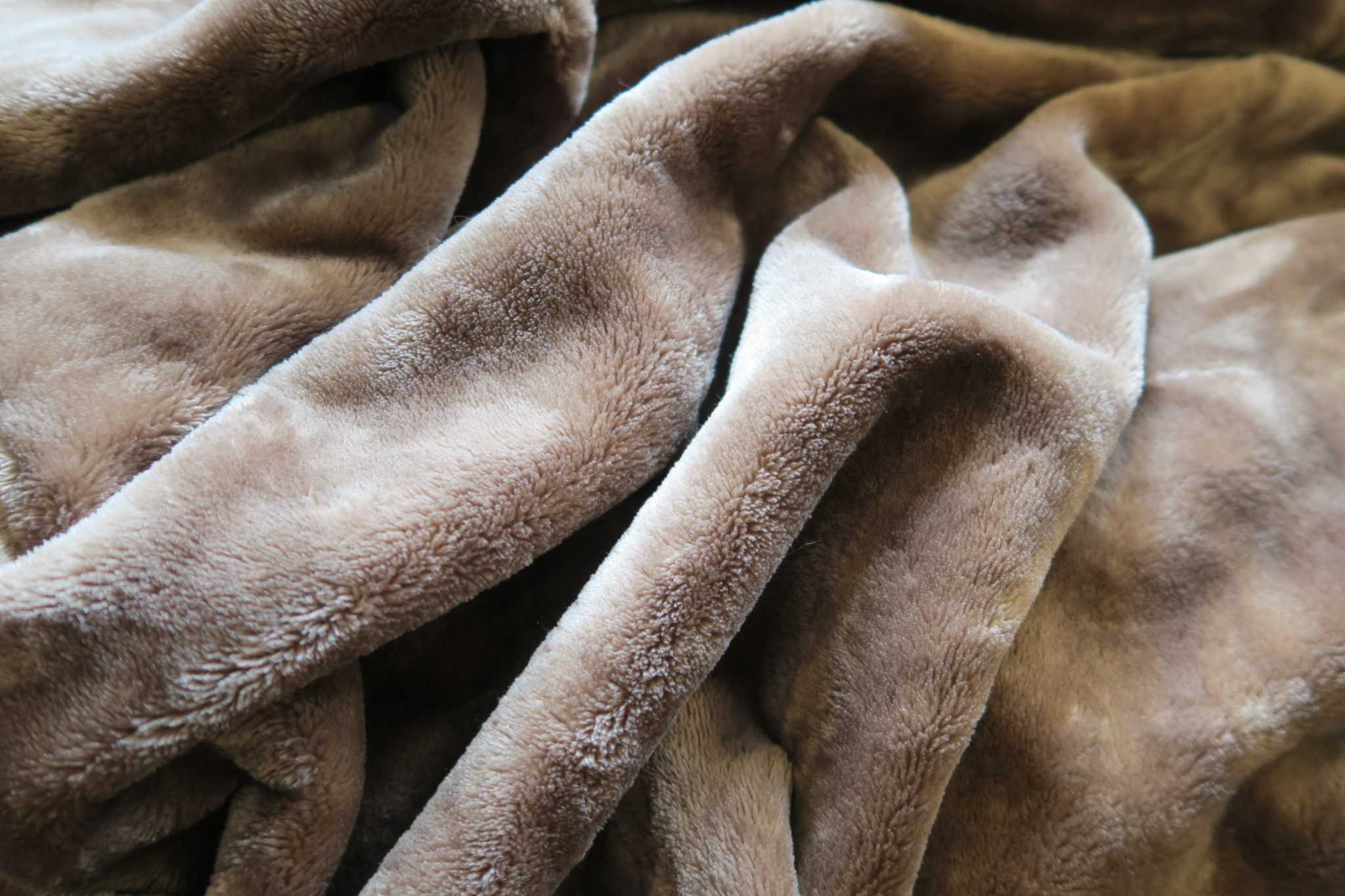
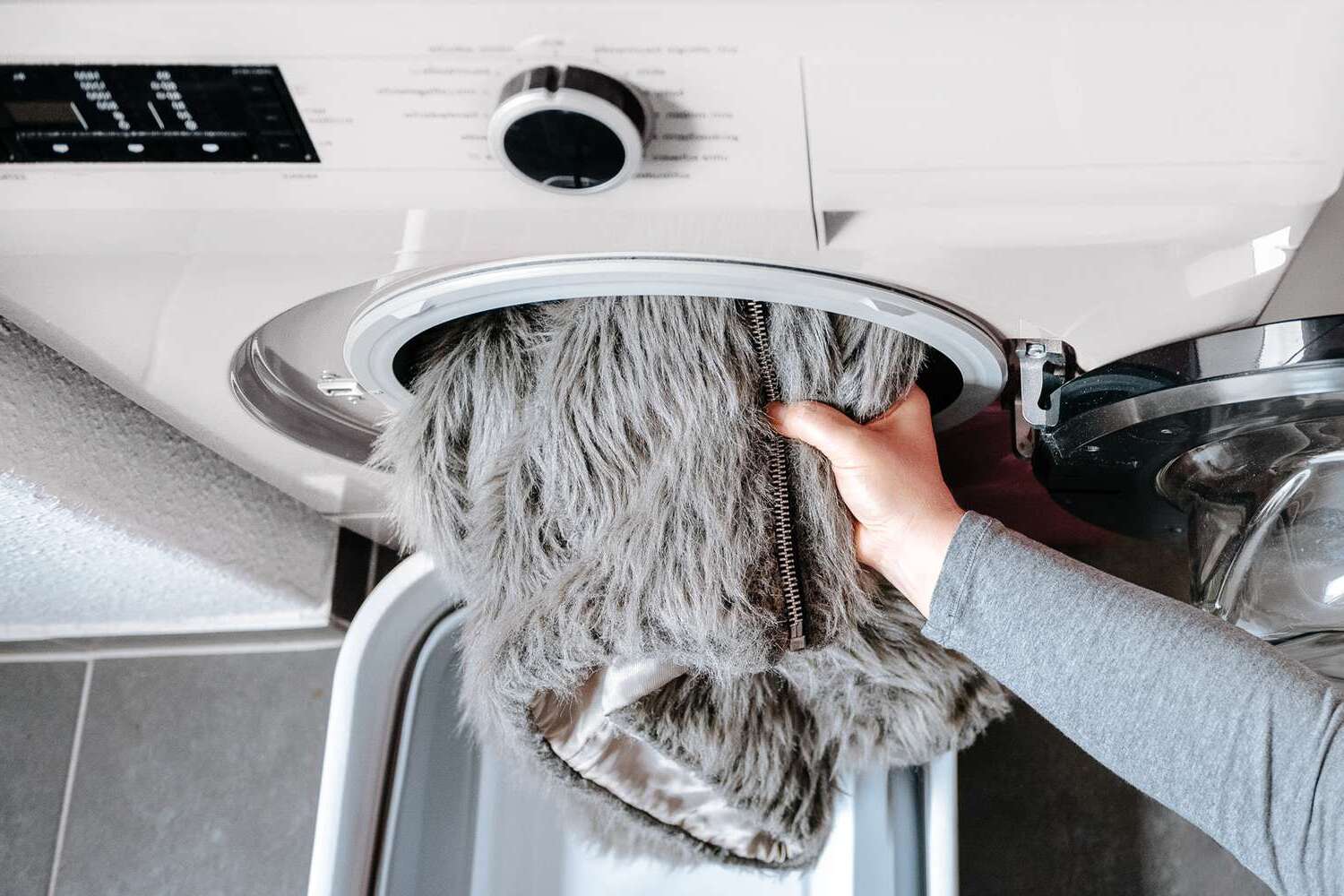
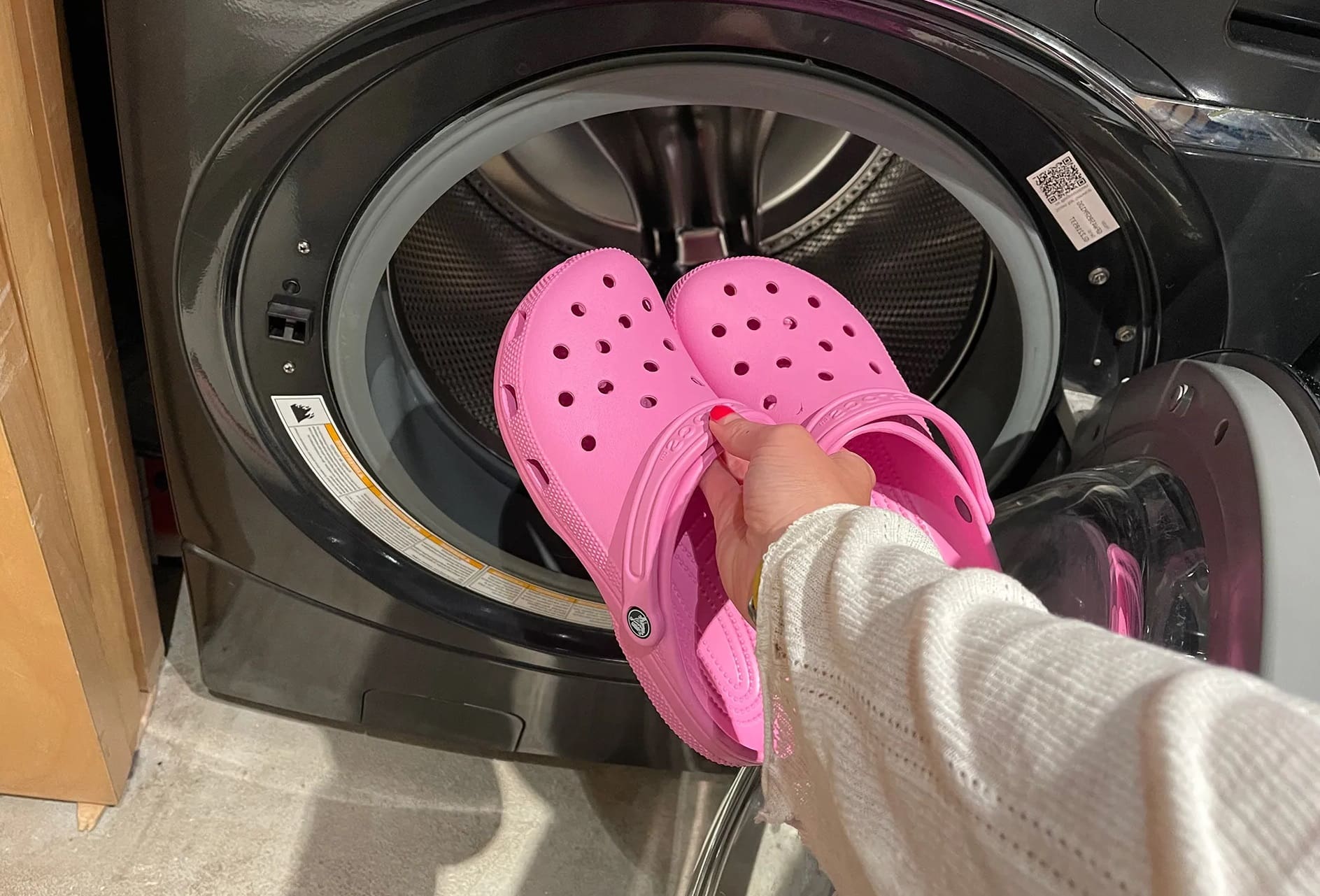
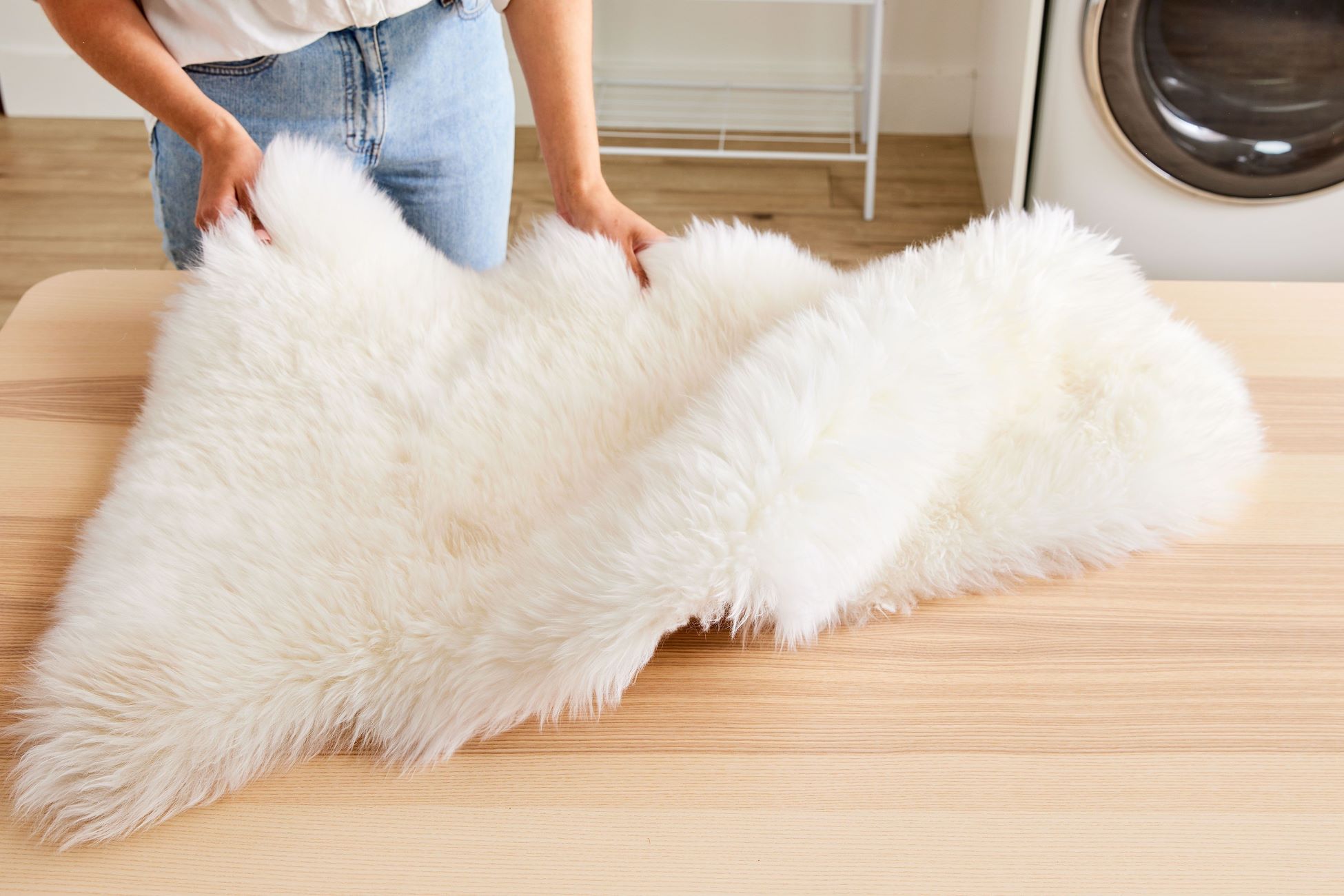


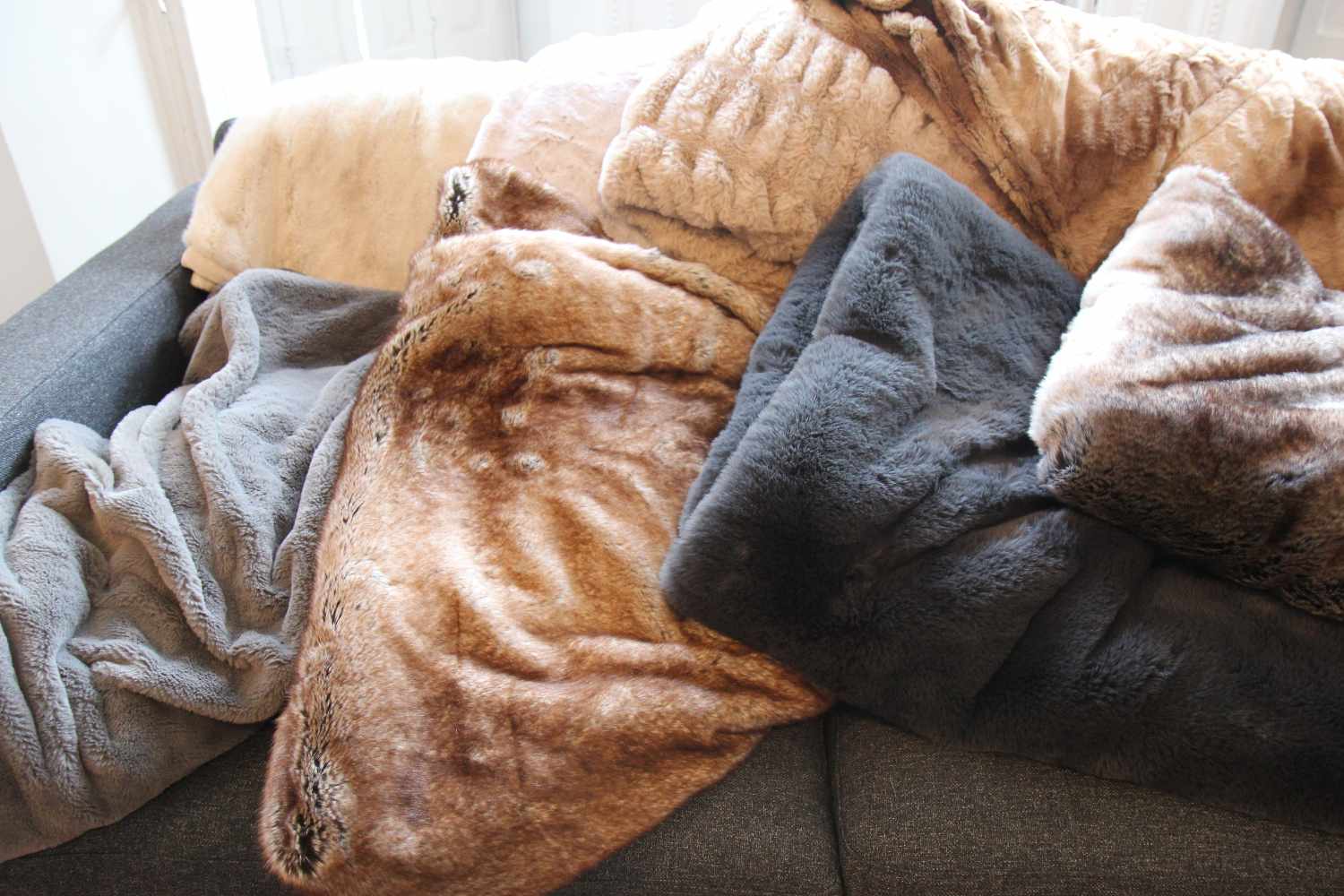


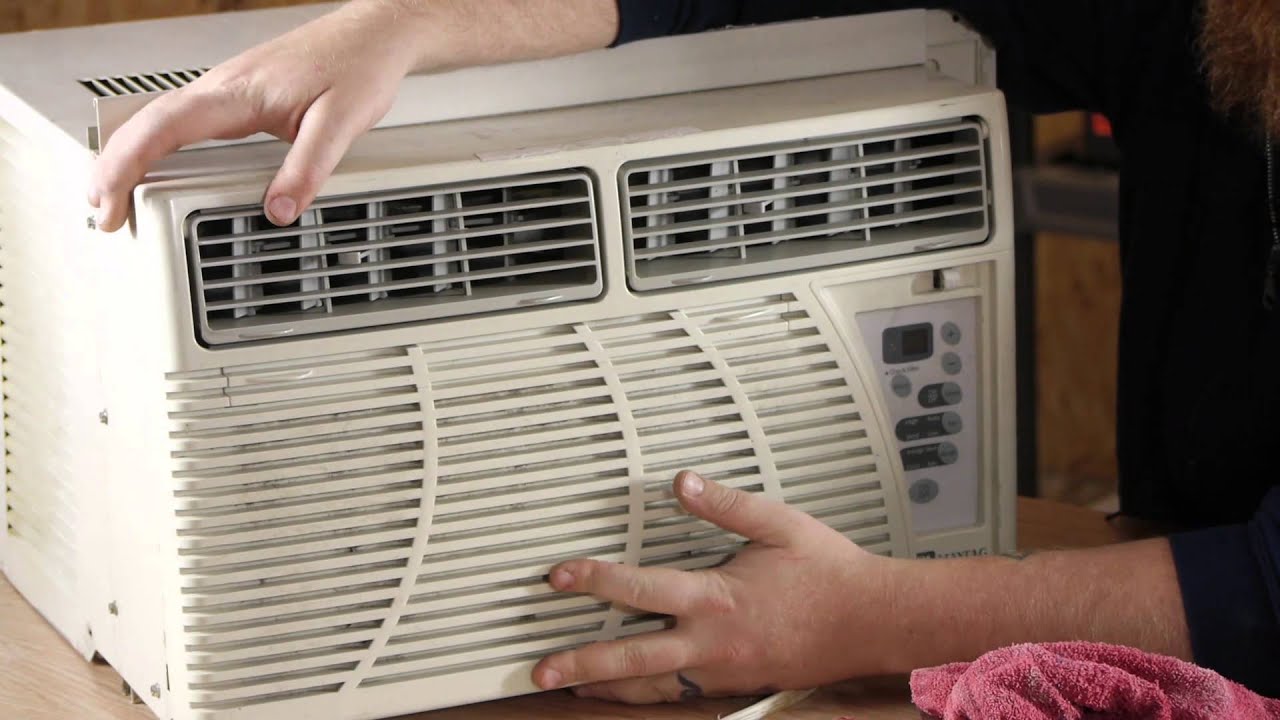




0 thoughts on “How To Store Furs At Home”